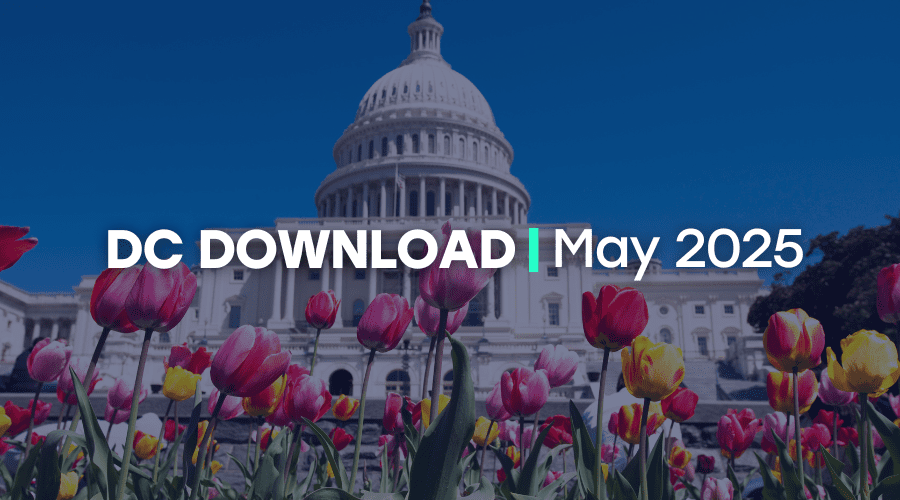By Keely Hanson
Early in 2016, Independent Sector began working with experts to identify a selective list of best existing resources to help the charitable community address challenges in three critical areas: Diversity, equity, and inclusion; nonprofit capital; and organizational relationships. To conclude our focus areas work, our resource curation partners for each subject area have shared concluding blog posts for their respective set of resources. This post comes from Keely Hanson of The Urban Institute, our curation partner for resources about nonprofit capital.
Impact investing has been a keystone policy tool of the Obama era. As the Obama Administration winds down and a new executive office takes over under the Trump Administration, to what extent will impact investing remain on the federal government’s policy agenda? This is a question on the minds of many of the nation’s entrepreneurs, foundations, investors, impact-driven organizations, academics, and nonprofits who have been marshaling a period of robust growth in impact investing over the past decade (GIIN, 2014) with broad support and enthusiasm from the Obama Administration. This support has spanned key roles federal government should play, according to a 2014 report, in shaping the impact investing market. These roles include facilitator, initiator, supporter, and partner.
The Four Roles in Action
- Facilitator: An example of the Obama Administration’s impact through the facilitator role was its efforts to bring clarity to the Program Related Investments (PRIs) and Mission Related Investments (MRIs) rules that allow foundations to make loans, loan guarantees, equity investments, and other prudent mission-related investments. By creating a more supportive policy environment through new federal regulations from the US Treasury Department and the IRS, the Administration sought to remove barriers and streamline regulations in order to facilitate increased use of these tools for funding charitable purposes (Wilkinson, 2016).
- Initiator: The federal government has long been an important supplier of impact capital, and leaders in the Obama Administration did not miss the opportunity to develop their own initiatives. One notable example where the Administration operated in the initiator role was the establishment in 2011 of a $1 billion fund for impact investing through the Small Business Administration (SBA). This fund is housed under the SBA’s Small Business Investment Company’s licensing program and is designed to provide capital for small businesses that maximize financial returns and yield measurable social, environmental, or economic impact. The SBIC Impact Fund makes $200 million in capital available each year to private equity funds making impact investments.
- Supporter: Part of the reason that impact investing has become much more of a mainstream concept in recent years is because the Obama Administration demonstrated great enthusiasm in playing the supporter role. The White House used its platform to provide visibility to the topic of impact investing and hosted convenings to bring disparate actors together to form a national agenda that bring attention to the impact investing community.
- Partner: Finally, the federal government has shown greater interest in being a partner in innovative public-private financing models that encourage government to pay for outcomes. In this partner role, through the Social Innovation Fund (SIF) and other programs where the federal government makes decisions about grants and contracts on the basis of outcomes, the Obama Administration has stepped in as a market builder by strengthening impact-driven organizations and helping to encourage and direct the flow of investments from other sources.
The Path Ahead?
In all times of political transition, there is uncertainty around the continued level of support from the federal government. Will the new Trump Administration continue to see impact investing as an important policy tool? The answer to the question will come in the months and years ahead, but there are reasons to be optimistic that many of the steps taken to date to create a favorable federal policy environment for impact investing may not be rolled back, and quite possibly, reasons to believe that the enlivened energy around impact investing may continue to accelerate.
First, it is important to remember that although impact investing has received a high level of attention under the Obama Administration, as a policy tool, many past administrations have used it too. The U.S. National Advisory Board on Impact Investing (NAB)—a group with membership comprised of private investors, entrepreneurs, foundations, academics, nonprofits, and intermediaries—dates this involvement as far back as 1950 when the US government began providing risk insurance to private investors doing business abroad.
Second, although there is uncertainty around the extent to which the federal government will directly engage in impact investing through its billions in domestic contracts, international development financing, and research funds—or its willingness to provide subsidies and credit enhancement or build market infrastructure—the federal government’s role in creating a supportive and enabling policy environment may continue to advance. The basic concepts of impact investing — using the power of markets and more of the country’s entrepreneurs to address urgent problems and leveraging private capital to finance public goods — have historically had bipartisan support and should resonate with the new Administration.
Finally, many of the recommendations in the proposed national policy agenda put forward by the U.S. National Advisory Board require no additional public funding to be established.
The work ahead will require continued leadership by members of this group and others who can act as impact investing champions to share these recommendations and other insights with the new groups of policy actors in the next Administration.
Keely Hansen is a research associate at The Urban Institute.



